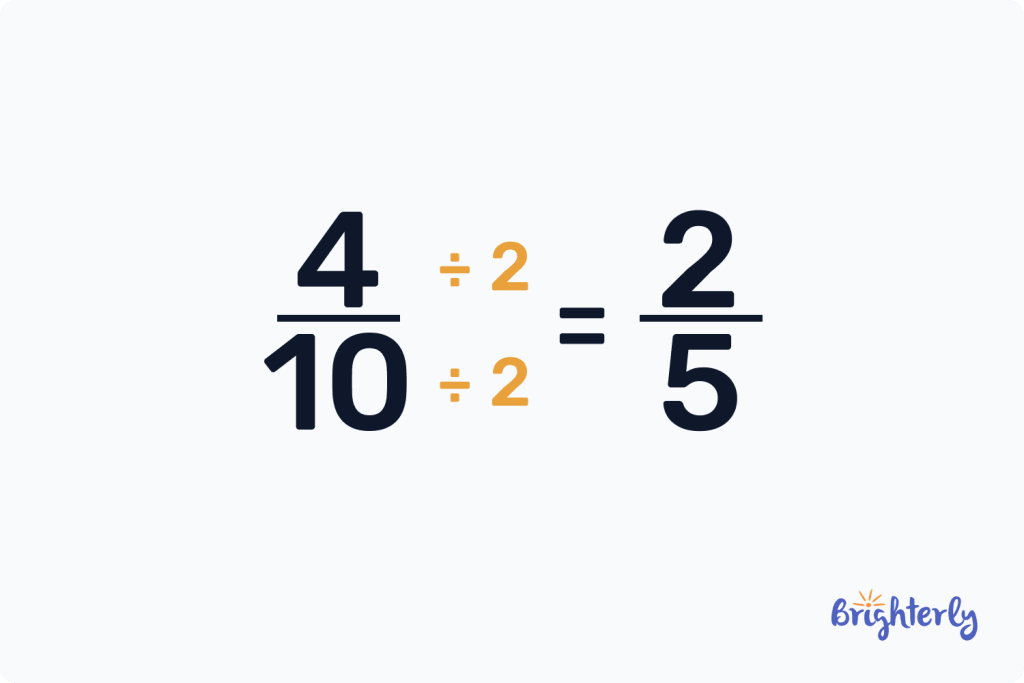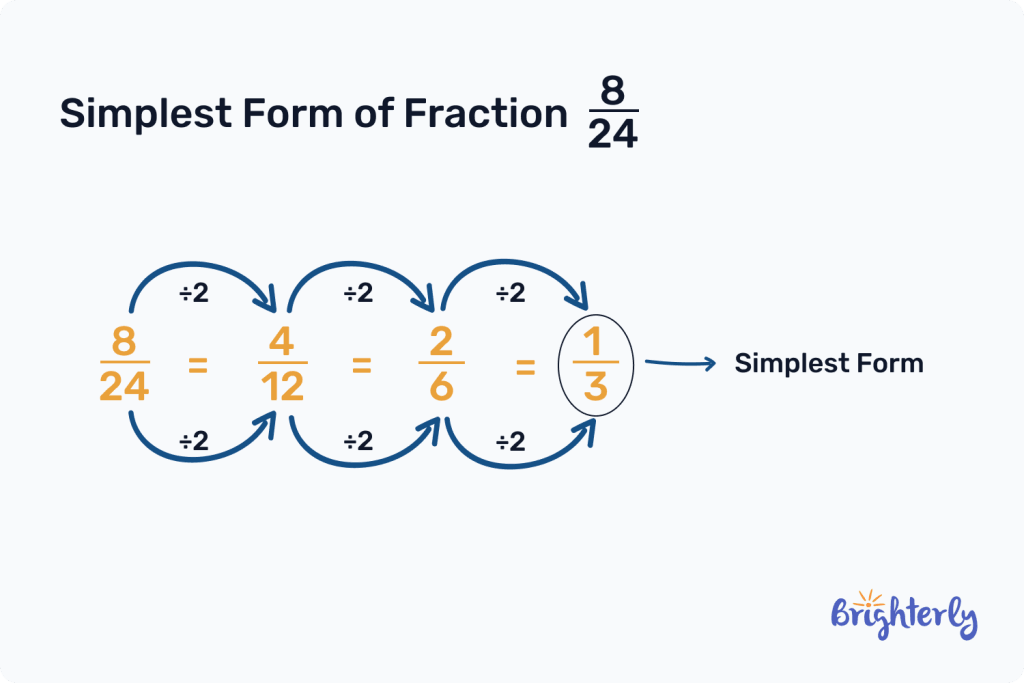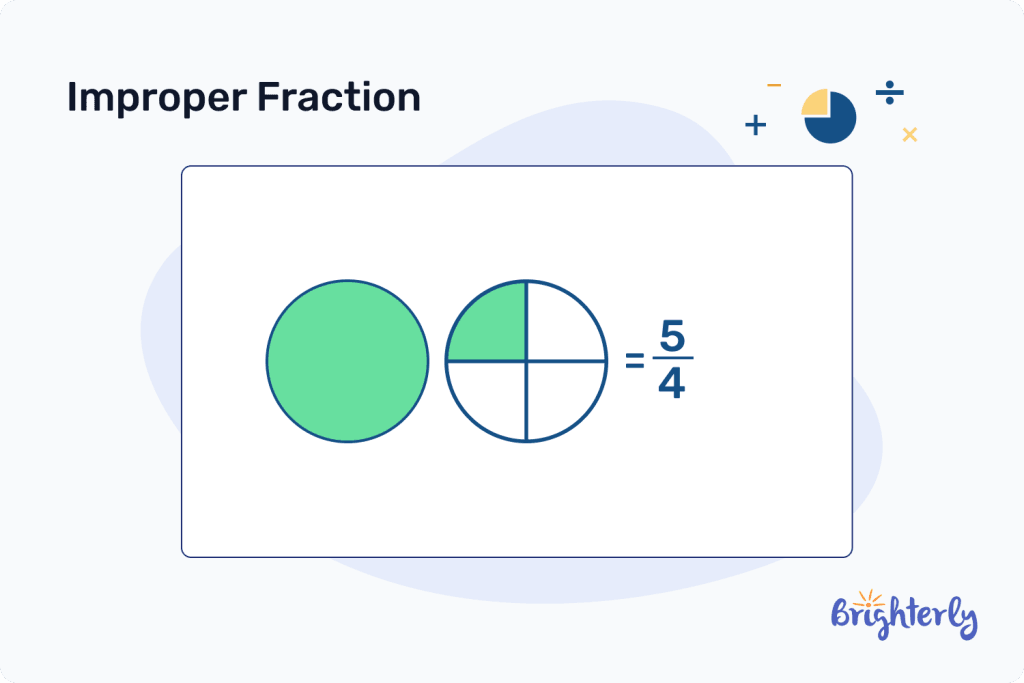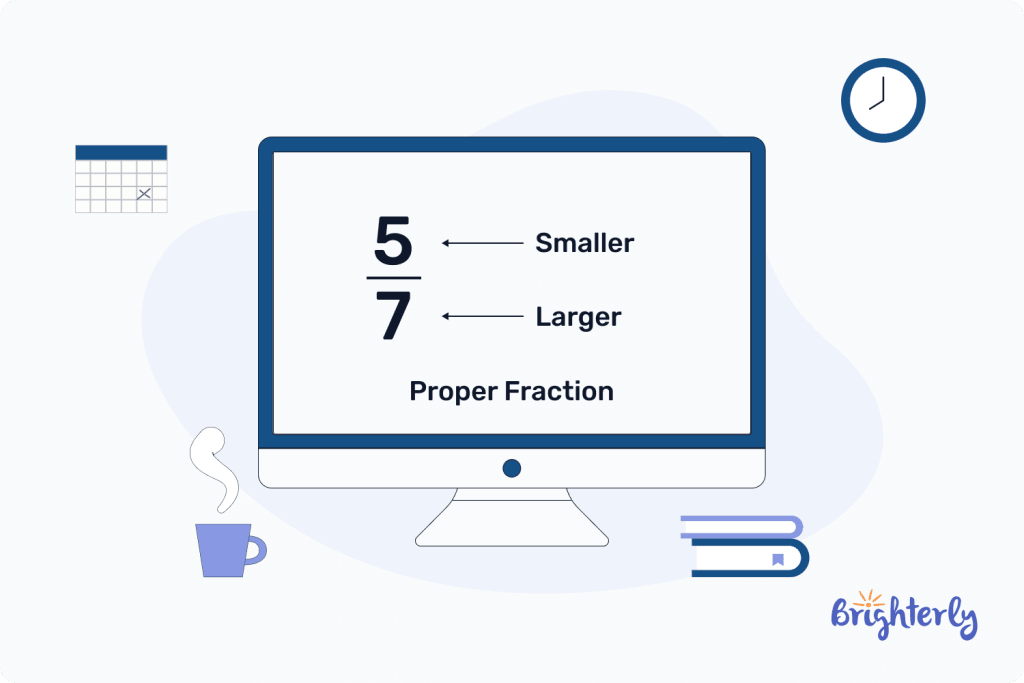Simplify Fractions: Definition, Examples, and Practice Math Problems
reviewed by Jo-ann Caballes
Updated on October 23, 2024
Welcome to Brighterly, where you’ll find out everything you need to know about a range of math concepts, calculations and more!
Today we’ll cover simplifying fractions, a key operation that makes fractions much easier to work with.
Here, we’ll cover the simplifying fractions definition and how to simplify different types of fractions. We’ll also share practice math problems and worksheets so you can practice your knowledge.
What is simplifying fractions?
Simplifying fractions is the act of reducing fractions down to their lowest form to make them easier to work with. We cover the simplifying fractions definition below.
Simplifying fractions: definition
The definition of simplifying fractions is reducing fractions down to their lowest possible numerators and denominators. AKA, it’s the simplest form of a fraction.
By simplifying a fraction, the only common factor in the two numbers will be 1. In order to simplify fractions, you need to divide them by common factors.

How to simplify fractions step by step
Here’s the step by step process to simplify fractions. As we go along, we’ll use the example of simplest form of 4/16 to illustrate each step.
Step 1
List all the factors of both your numerator and denominator.
Using our example of 4/16, our factors are as follows:
- 4: 1, 2, 4
- 16: 1, 2, 4, 8, 16
Step 2
Identify the common factors (factors both numbers share), then identify the highest common factor.
The factors both our numbers share are 1, 2 and 4, and out of those numbers, 4 is the highest number.
Step 3
Divide both your numerator and denominator by their highest common factor to get your simplified fraction.
Using our example of 4/16:
- 4 ÷ 4 = 1
- 16 ÷ 4 = 4
Therefore, your fraction in its simplest form is ¼.
How to simplify fractions? Explanation
To simplify fractions, you need to find the highest common factors of your numerator and denominator, then divide both numbers by it.
How to simplify large fractions
You can use the same process to simplify large fractions – find the highest common factors of your numerator and denominator then use that to divide both those numbers.
You can also use prime factorization to simplify large fractions. Let’s take the example of 75/120.
As your first step, factor both your numerator and denominator:
- 75 = 3 x 5 x 5
- 120 = 2 x 2 x 2 x 3 x 5
Then, you’ll cancel out the factors that are present in both of your numbers:
- 75 = 3 x
5x5= 3 - 120 = 2 x 2 x 2 x
3x5= 2 x 2 x 2 = 8
Therefore, your simplified fraction is ⅜.

Simplifying proper fractions and simplifying improper fractions
Proper fractions are fractions where the numerator is smaller than the denominator. In improper fractions, meanwhile, the numerator is a larger number than the denominator.
The process for simplifying proper fractions and improper fractions remains the same. You still need to find the highest common factor of both numbers and divide them by it.

How to simplify proper fraction
To simplify a proper fraction, you simply follow the steps we outlined above. List all factors of your numerator and denominator, find the highest common factor and divide both your numerator and denominator by it.

Solved math tasks: examples
Put your knowledge on simplifying fractions to the test with our solved math tasks – work out the answers then check if you’re right!
Solved math task 1
Which simplified proper fraction is equal to 0.7?
Answer:
| 7/10. |
There are no common factors of 7 and 10 other than 1, so this is a simplified fraction.
Solved math task 2
Simplify the fraction of 25/30
Answer:
| 5/6. |
First, list the factors of your numerator and denominator:
- 25: 1, 5, 25
- 30: 1, 2, 3, 5, 6, 10, 15, 30
Then, identify your highest common factor – here, that’s 5.
Divide both your numerator and denominator by that number:
- 25 ÷ 5 = 5
- 30 ÷ 5 = 6
Therefore, your fraction in its simplest form is ⅚.
Solved math task 3
Simplify the fraction of 70/35
Answer:
| 2/1. |
Although this is an improper fraction, the process for simplifying it remains the same.
First, list the common factors of both your numerator and denominator:
- 70: 1, 2, 5, 7, 10, 35, 70
- 35: 1, 2, 5, 7, 35
The highest common factor is 35, so divide both numbers by 35:
- 70 ÷ 35 = 2
- 35 ÷ 35 = 1
Therefore, your fraction in simplest form is 2/1.
Simplify fractions: practice math problems
Simplify fractions: worksheets
Now that you know everything there is to know about simplifying fractions, it’s time to put your knowledge to the test. Use these worksheets to hone your simplifying fractions skills:







